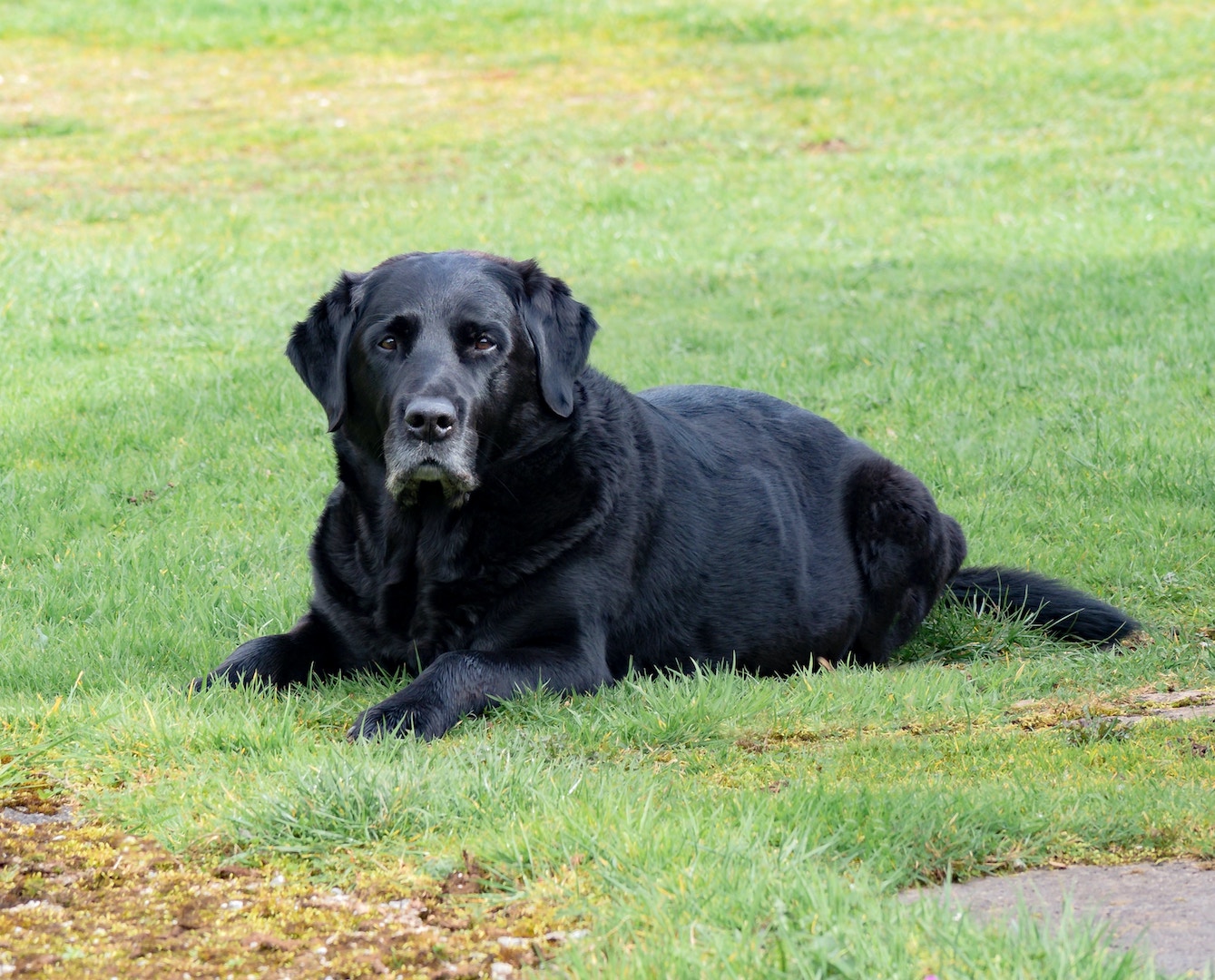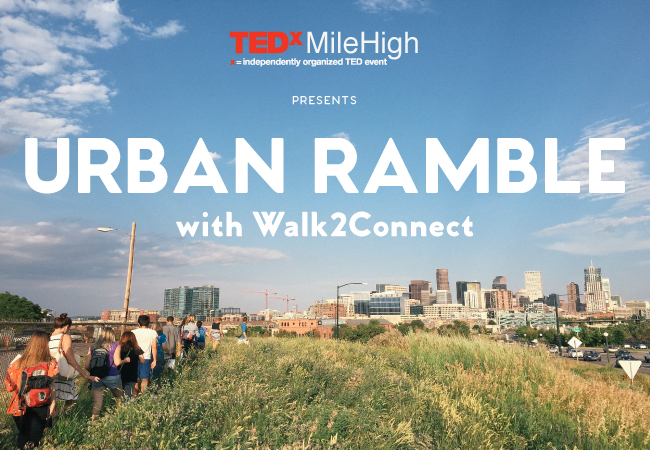
While walking eight and a half months across the United States with just your dog, you can learn a lot about yourself, your country, and the people who live there. Not many people have the drive or patience to do something like this, but former TEDxMileHigh speaker and host of the July 2nd TEDxMileHigh Adventure decided to give it a shot.
Jonathan Stalls came back from his trip having answered a lot of questions he had about himself and his environment, but had one question that resonated with him on a larger scale:
“How do we reinvent, how do we come back to, and better understand how we are built to be moving?”
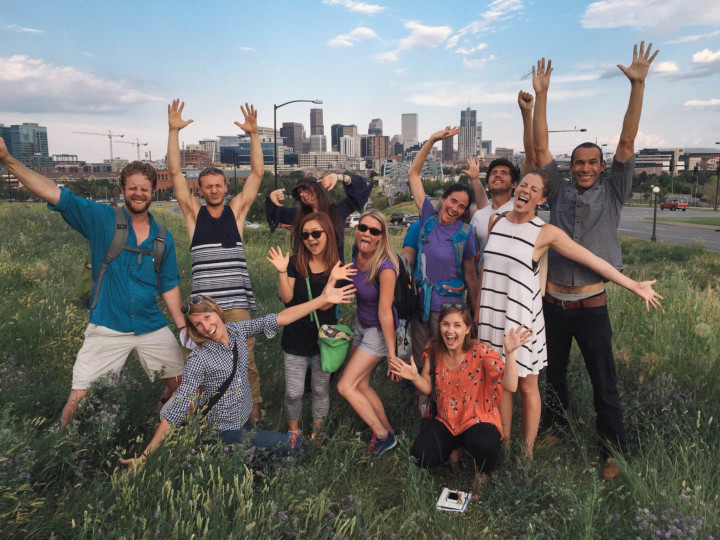
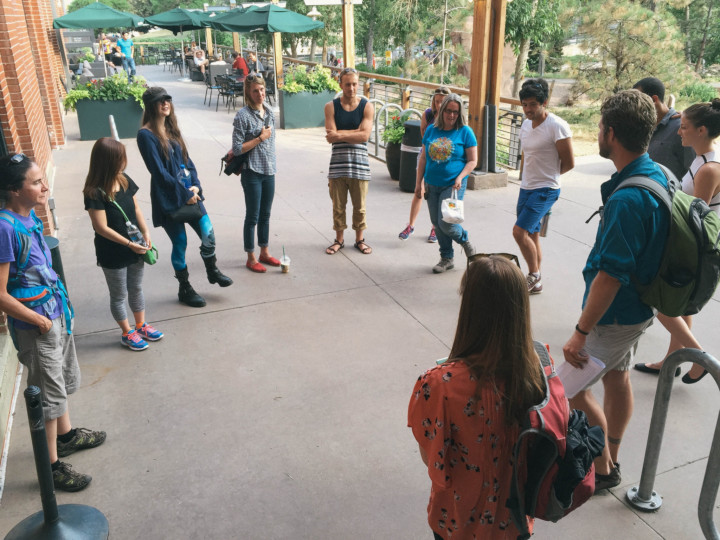
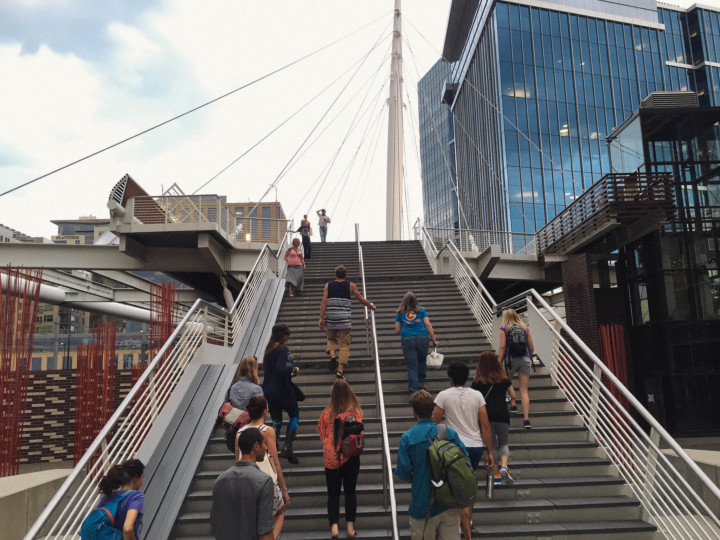
This question brought Stall’s organization, Walk2Connect, to fruition, which aims to bring back the walking culture in a way that fosters the “along side” approach. With all the issues and events in question in our country right now begging for tough conversations around how we are to live along side one another, walking is an avenue to allow us to slow down and have those conversations.
Stalls gave the TEDxMileHigh: Adventures team a taste of how his walks work and how easy it is to take some time to experience your surroundings.
The walk began outside the REI in the Lower Highlands. From there, we walked alongside the South Platte River and talked about one of the first settlements at the confluence of the Cherry Creek and the Platte, St. Charles. We continued on Water Street, past Downtown Aquarium and over I-25 on W. 23rd Ave where we stopped for a moment.
“This is one small time in life where I feel like the pedestrian is stronger,” Stalls yelled over the sounds of the freeway. Standing over the highway, we realized how fast the cars were moving below us and how preoccupied the people in them were – doing their make up, eating, and texting.
Highways and other technology like social media were created to keep us connected. But in the eyes of Walk2Connect, a lot of it has made us very disconnected to what’s important.
Our environments have grown to cater to the automobile. The mode in which we are built to travel, about 3 miles per hour, increased dramatically to 50-70 miles per hour. This was a perfect example of that shift as we stood on the overpass and surveyed the traffic below.
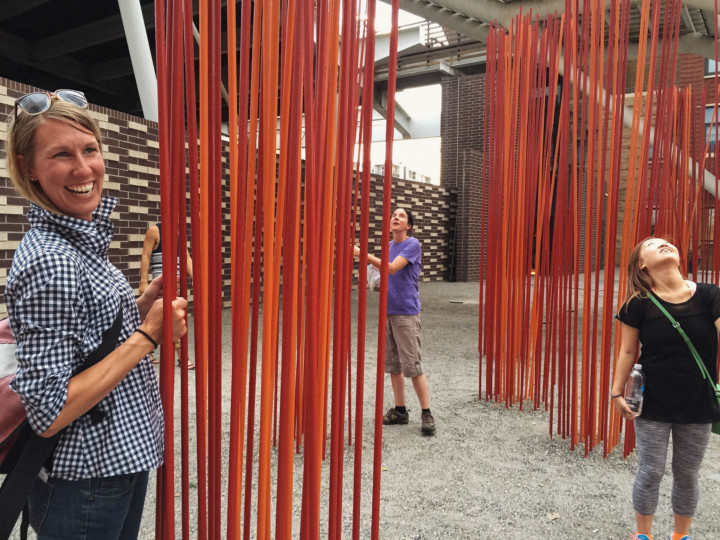
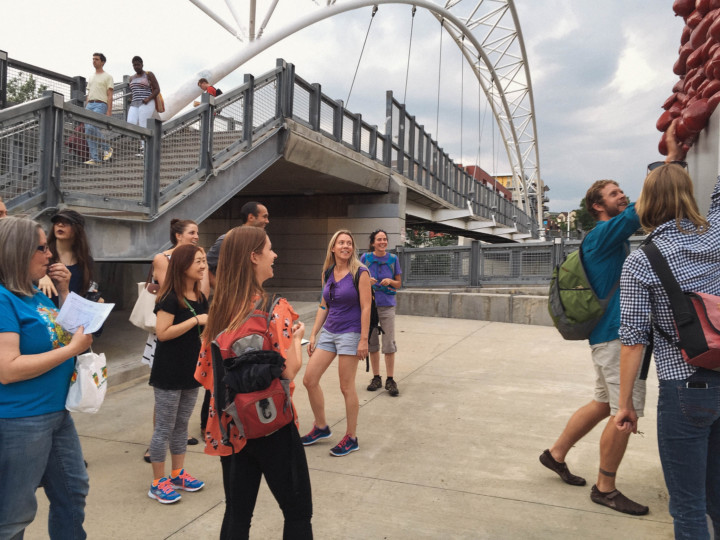
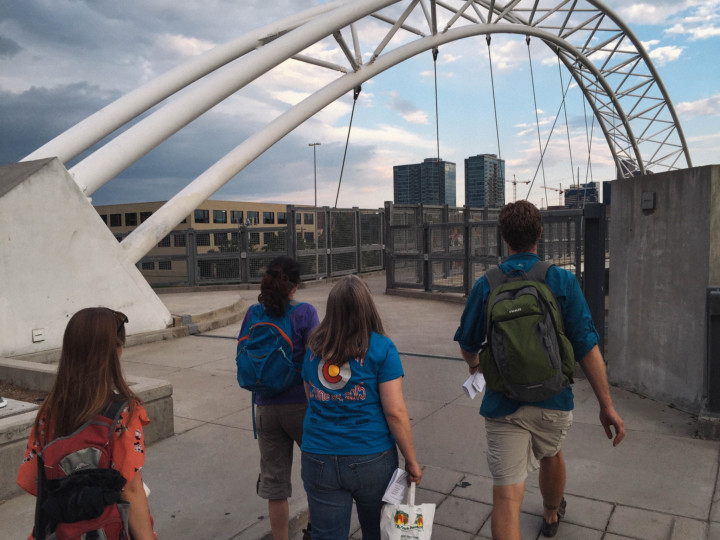
We continued on through the Platte River Valley Corridor in the Lower Highlands, previously an agricultural focused area of shanti towns that had seen many different waves of immigrants over the years, learning about the annexation of the Highlands to Denver while overlooking the city’s skyline. A few blocks further, we stopped at the West 28th Historic District that encompasses the now landmarked homes of Stoneman’s Row. These homes were one of the first built environments in the area, which were created from Colorado red rock and are rumored to have been secretly built at night with stolen bricks form the Brown Palace.
We then walked through the bustling 16th street to Millennium Bridge and learned about the creation of the pedestrian bridge, accompanied by the art installations around it. Our last leg of the trip was venturing up and over the bridge into Union Station to appreciate the revival project of the downtown area that began in the 80s. And then back to out starting point of REI to recap the adventure we had.
It’s important to understand that there are very crucial elements to our modern world and the technologies we use, many of which have a positive impact on our way of life; however, they do have their downsides. The automobile gets us from one place to another quicker, but we miss out on all the little details in between point A and point B. Social media, although a great tool that can help us stay connected with one another, lets you choose who you interact with and the opinions you surround yourself with.
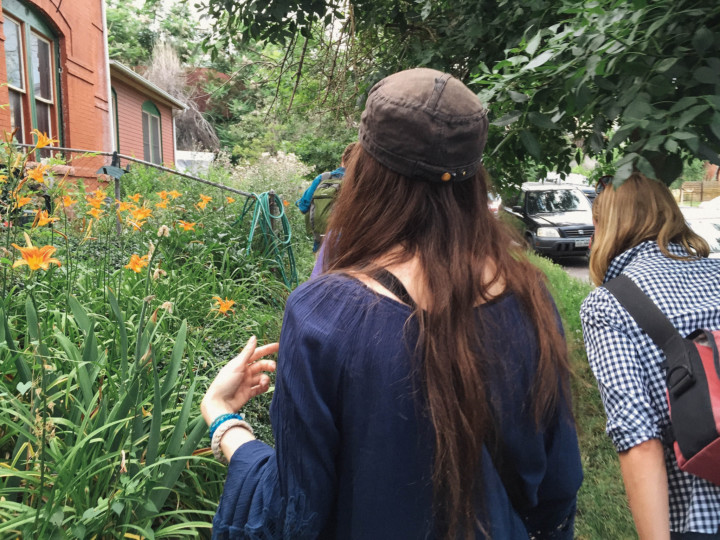
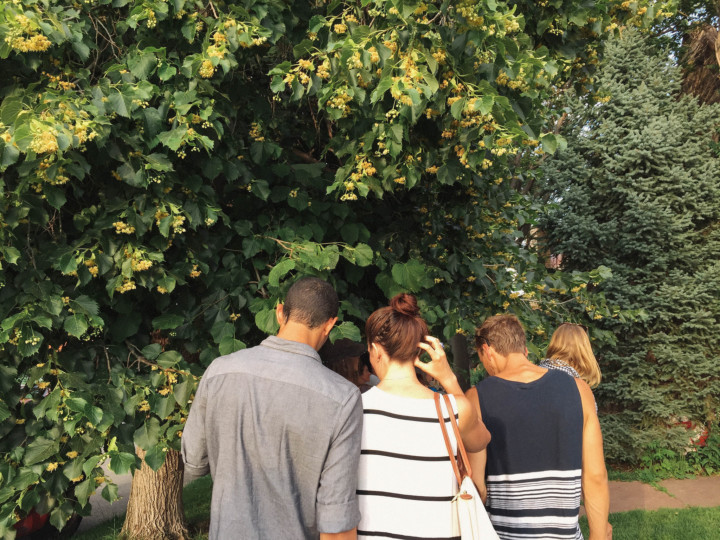
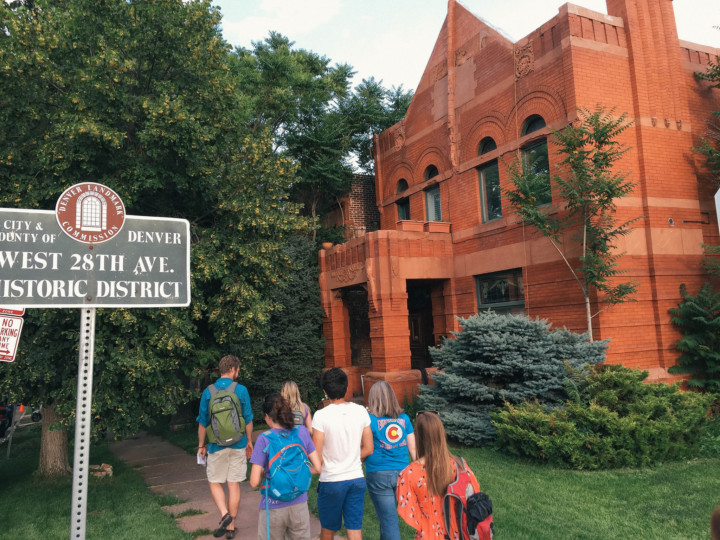
Stalls explains, when you slow down you are able to learn much more and become aware of your surroundings – learning about people, ideas, issues, and opinions that you wouldn’t normally experience.
“It’s really truly an all in one solution for feeling more connected to people that are different, feeling more connected to the places that we live, work and play, and to the healthiest way we can process emotion and mental stress. And all the space in between, bringing us home to a place of simplicity.”
Stalls left the group with a lot to think about, but provided one easy piece of advice to follow in order to start walking more:
“One Saturday morning just go out and walk for one to two hours in one direction, get lost, see what comes up for you.”
The lesson of the day really was to slow down and understand what is really going on around us in our community.
Don’t miss Jonathan Stalls’ TEDxMileHigh Talk, “Life at 3 MPH” and jump in on future Walk 2 Connect tours!

